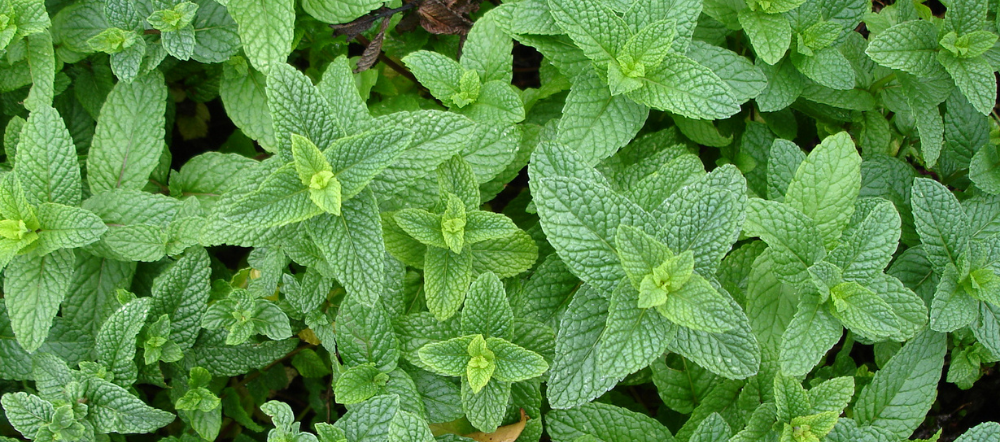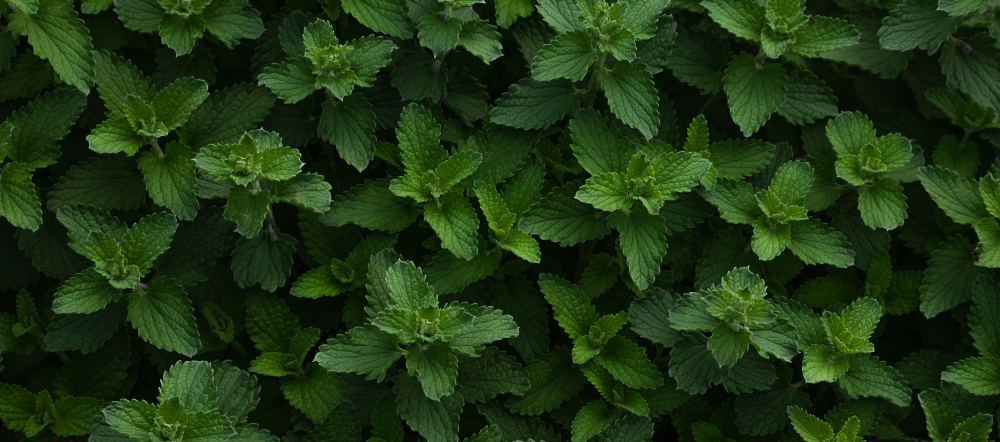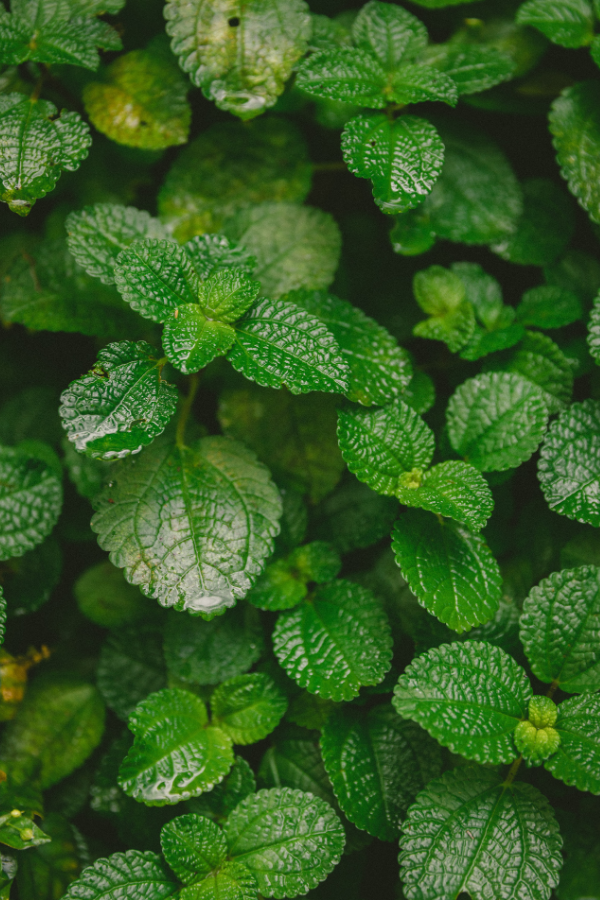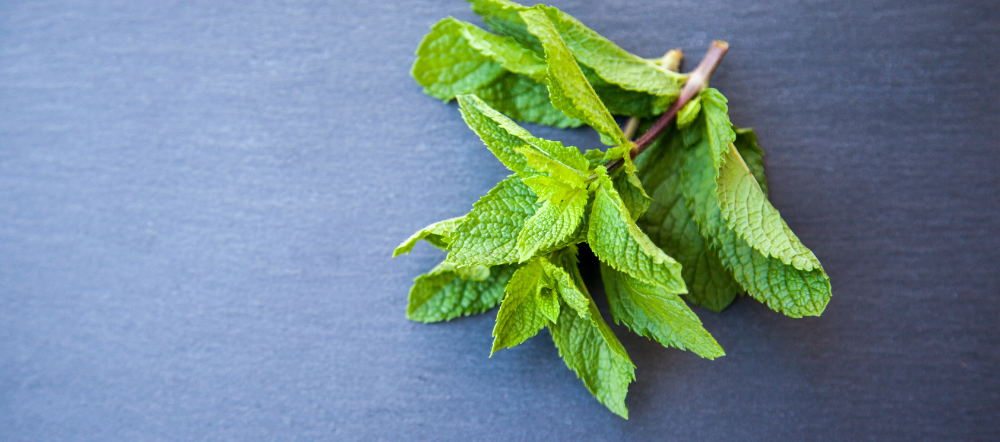Cuttings from mint plants are among the easiest plants to propagate. Select a healthy stem from the parent plant and cut it just below a node. Remove the leaves from the bottom half of the stem and place the stem in a rooting hormone or a glass of water. Keep it in a warm, sunny location.
Like many other herbs, mint can easily be grown in many growing zones in the United States and throughout the world. In PA’s growing zones (where we grow our plants), mint grows very well. Mint is a great addition to any herb garden, with a beautiful green color and the reward of fresh mint for your kitchen.
But how do you start?
While growing mint from seed is certainly an option, growing mint from cuttings can be an interesting experience and doesn’t even require you to own a mint plant!
Can mint be grown from cuttings?
Yes, mint can be grown cuttings, also known as propagating mint. Propagating is simply means producing a plant that is identical (genetically speaking) to its parent by means of dividing, taking cuttings, etc.
Some plants are more difficult to propagate than others, but with mint, a little patience and plant care will result in your very own little mint patch.
Today, we’ll discuss how to grow mint from cuttings.
How to grow mint from cuttings

To grow mint from cuttings, you’ll need:
- A small pot (make sure it’s at least 3″ in diameter, with good drainage) or growing area with some potting soil
- Water
- Rooting hormone (optional)
Before we get into the specific steps, it should be noted that growing mint from cuttings can be a lengthy process, depending on the method used. If you use a growth hormone, it could take as long as a year until you can harvest and eat from your new mint plant.
To speed up the process, you might consider a different approach than traditional propagation, which is outlined below.
Mint produces “runners” which are growth offspring that spread under the mint plant with its network of roots. If you pull your mint plant from its pot and see any runners that are at least 4-5″ long, you can cut them off and plant them separately to multiply your mint plants.
This is the fastest route to grow additional mint plants — read on for more information on how to propagate mint.
Step-by-step on how to propagate mint
Here’s a rundown of everything involved with growing mint from cuttings.
1. Get a hold of some mint
To start, you’ll need some mint cuttings of course.
If you are growing your own mint, simply cutting off some healthy, non-flowering sprigs of mint will do. No need to cut off short shoots — sprigs that are 4-6″ long and healthy will be great.
Be sure to use scissors or pruning sheers for a clean cut.
If you aren’t currently growing mint and don’t know of anyone who is willing to share theirs, most grocery stores or farmers’ markets sell packs or bunches of fresh mint. While it’s certainly more preferable to cut sprigs straight from a plant, some fresh sprigs of mint that are purchased should be fine to get started.
So, when is the best time to plant? While the answer will vary depending on where you are growing, generally spring is optimal so that you have a full growing season for the plant to mature.
2. Strip leaves off bottom 2″ of the mint sprig
Once you have a mint sprig, strip off the leaves on the lower end of the stem — you’ll want about 2″ of bare stem, which will serve as the base for future roots. This helps the mint sprig focus its energy on producing roots and not supplying these leaves with nutrients.
When you are done stripping the sprig of its leaves, you should have about 4-5 leaves at the very top of the sprig, with a few “nodes” where you stripped off leaves. These nodes contain growth hormones which will help roots grow faster, so it’s important you have plenty of those on the sprig.
If you are ready to propagate the sprig right away, cut the tip of the sprig at a 45-degree angle. This will ensure some fresh exposure to the center of the sprig.

3. [Optional] Dip the stem into a growth hormone
At this point, you have the option of dipping the sprig’s bare stem into a rooting hormone.
Using a growth hormone is optional, especially when it comes to a mint, which you’ll likely be consuming down the road. In some cases, it may be necessary for healthier roots, but in many cases, you can get by without it.
If you do want to use a growth hormone for a faster and healthier root system, you can purchase either the powder or gel form at your local garden center. Then, simply dip your stem into some water and tip into the growth hormone, and then into moist soil.
When propagating mint with a rooting hormone, keep in mind that most hormones (whether in powder or gel form) will require you to wait until a full year before consuming any part of the plant.
4. Start the root structure
If you chose to start the plant with a growth hormone, you can plant the stem in a potting soil mix to ensure that it has good draining. Since these are just little sprigs at this point, planting them in a small pack or pot is preferable. This will allow you to move the plant around if needed.
If you aren’t using a growth hormone, you’ll want to establish a root structure before planting in soil. To do this, you can place your mint plant in a glass of water, with the 2″ of bare stem fully submerged.
It’s not a bad idea to change out the water that the mint is in every 3-4 days to keep things fresh.
Some people recommend that you keep the glass of water on a windowsill with plenty of sunlight at this point.
After 3-4 weeks you should start seeing very fine mint roots emerging from the plant.
Once you have some mature roots, the plant is ready to plant in potting soil. Make sure the sprig’s stem has good contact with the soil so that the root system can grow immediately into the soil.
Do this when the soil temperature is between 60-70 degrees Ferineheit.
No need to get too specific with the type of soil you use. Mint is a resilient plant that will grow well in most soil.
The most important this for mint is not what kind of soil, but if the soil can drain. If mint is planted in a pot without drainage (e.g., holes on the bottom to let excess water out), it will be susceptible to diseases such as root rot.
If you plant too early the sprigs may not take root, but planting too late may result in a plant that struggles to take off due to the heat.
5. Wait 6-8 weeks for maturing plant

Depending on what time you are propagating, the time it will take to root up and grow will vary. Typically, after 6-8 weeks you’ll start seeing some indicators of growth.
It’s best to store your mint plant in a warm, humid area. If you have a greenhouse, this climate is perfect! If not, you can achieve the same effect by putting a plastic bag over the plant and container. Depending on the outside climate that you are growing in, keeping the plant outside may be good enough.
If you notice that the leaves start to turn yellow after a few weeks, it may be due to transplant shock (much like us humans, plants don’t like sudden change). In this case, simply trim off the yellow leaves and prepare for more growth.
Here’s more information on how often to water your herb plant.
6. Care for your new mint plant!
Now that you have your plant started, it’s time to start treating it like any young plant you would purchase at a greenhouse or growing center. Making sure the mint plant gets plenty of sunlight, water (keeping the top level of soil damp is great!) and care is going to be crucial.
Eventually, the mint plant will outgrow its original pot and you can plant this perennial directly in the ground for mint for years to come!
Summary: growing mint from cuttings

To summarize, mint is a great herb to try growing from cuttings! To propagate your mint, you can follow these steps:
- Get a hold of some mint (either from an existing plant or from your grocery store)
- Strip off leaves from each stems’ bottom 2″
- Dip the stem in a growth hormone and plant in potting soil OR
- Place the stem in a glass of water for a few weeks until mature roots have grown before planting
- Store the stem and pot in a humid climate and water occasionally for 6-8 weeks
- Care for your new mint plant!
Here are some more resources on growing mint:

